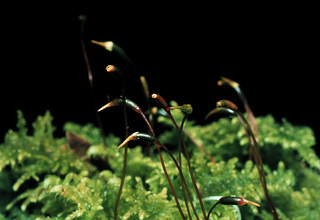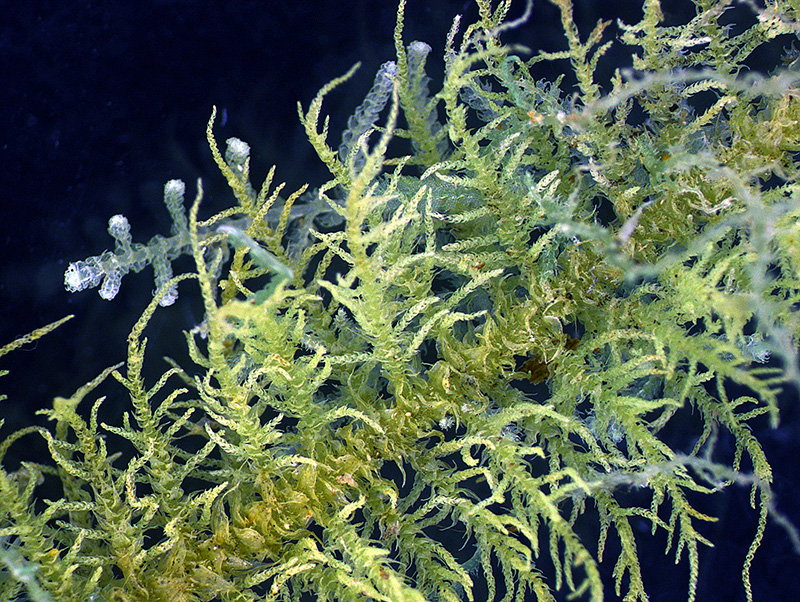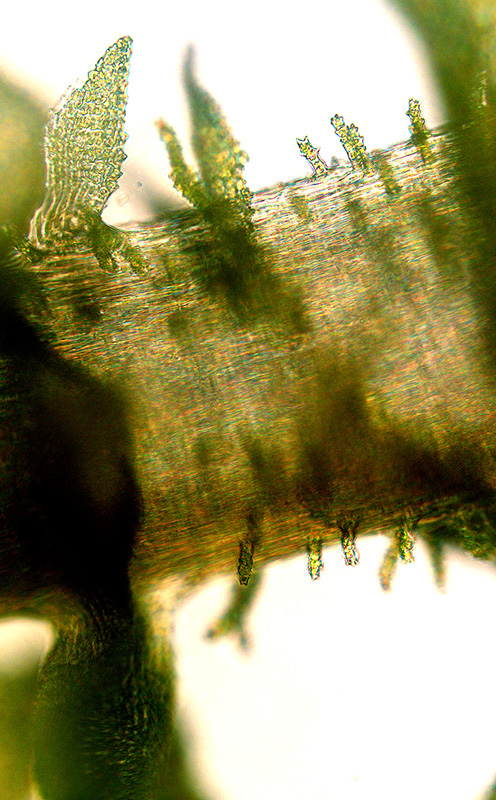Exploring the Captivating World of Thuidiopsis dusenii (Broth.) Broth. Moss
Affiliate Disclaimer: As an affiliate, we may earn a small commission when you make a purchase from any of the links on this page at no additional cost to you!

image from: https://www.researchgate.net/figure/Trachyphyllum-dusenii-Muell-Hal-ex-Broth-Broth-A-Habito-B-Hoja-C-Celulas-alares_fig3_318583545
Exploring the Fascinating World of Thuidiopsis dusenii (Broth.) Broth. Moss

image from: https://www.researchgate.net/figure/Trachyphyllum-dusenii-Muell-Hal-ex-Broth-Broth-A-Habito-B-Hoja-C-Celulas-alares_fig3_318583545

image from: https://www.discoverlife.org/20/q?search=Bryophyta
Introduction
Mosses are often overlooked, but they play a vital role in many ecosystems around the world. One particularly interesting species is Thuidiopsis dusenii (Broth.) Broth., a moss belonging to the Thuidiaceae family. In this blog post, we’ll dive into the captivating world of this unique moss, exploring its morphology, global distribution, habitat, ecological roles, and adaptations. Get ready to be amazed by the wonders of Thuidiopsis dusenii!
Background
Thuidiopsis dusenii is a species of moss first described by Viktor Ferdinand Brotherus in 1925. It belongs to the Bryophyta division and Bryopsida class. The Thuidiaceae family, to which T. dusenii belongs, contains around 72 species found worldwide. Mosses like T. dusenii lack true roots, stems, and leaves, instead having structures that serve similar functions.
Morphology and Identification
Thuidiopsis dusenii forms loose mats with irregularly branched stems that are

image from: https://davesgarden.com/guides/pf/showimage/271934/
pinnately branched. The stem and branch leaves are ovate-triangular in shape and have short, double costae. The leaf margins are serrulate and the leaf cells are short-rhomboidal. Sporophytes are rare but have short setae and ovoid capsules when present.
Identifying T. dusenii requires careful examination of its morphological features:

image from: https://davesgarden.com/guides/pf/showimage/271934/

image from: https://davesgarden.com/guides/pf/showimage/271934/
| Feature | Description |
|---|---|
| Habit | Loose mats |
| Stems | Irregularly pinnately branched |
| Stem and branch leaves | Ovate-triangular |
| Leaf costae | Short and double |
| Leaf margins | Serrulate |
| Leaf cells | Short-rhomboidal |
| Sporophytes | Rare; short setae and ovoid capsules when present |
Global Distribution and Habitat
Thuidiopsis dusenii has a scattered global distribution, being found in parts of Asia, Africa, and the Americas. It typically grows on tree trunks, logs, and rocks in humid forests at

image from: https://www.nzplants.auckland.ac.nz/content/nzplants/en/about/mosses/native-species/thuidiaceae/thuidiopsis-furfurosa.html
low to moderate elevations. The moss prefers shaded habitats with

image from: https://www.pinterest.com/pin/thioglycollate-broth-composition-principle-preparation-results-uses–414753446942155679/
high moisture availability.
Ecological Roles and Adaptations
Like other mosses, T. dusenii plays important ecological roles:
- Nutrient cycling
image from: https://www.nzplants.auckland.ac.nz/en/about/mosses/native-species/thuidiaceae/thuidiopsis-furfurosa.html
: Mosses help capture and cycle nutrients, enriching the soil.
- Moisture retention: Their mat-like growth helps retain moisture in the environment.
- Microhabitats: Mosses provide shelter and habitat for various small organisms.
- Erosion control: They stabilize soil and prevent erosion.
T. dusenii has adaptations that allow it to thrive in its preferred habitats:
- Poikilohydry: Ability to survive desiccation by suspending metabolic activity when dry
- Ectohydry: Absorbs water and nutrients over its entire surface
- Shade tolerance: Able to photosynthesize in low light conditions of shaded forests
Conclusion
Thuidiopsis dusenii may be small, but it is a fascinating and ecologically important moss species. From its unique morphology to its global distribution and ecological roles, this moss showcases the incredible diversity and resilience of bryophytes. Next time you’re in a humid forest, take a closer look – you might just spot the marvelous mats of

image from: https://www.nzplants.auckland.ac.nz/en/about/mosses/native-species/thuidiaceae/thuidiopsis-furfurosa.html
Thuidiopsis dusenii! What other amazing bryophytes have you encountered in your explorations?

